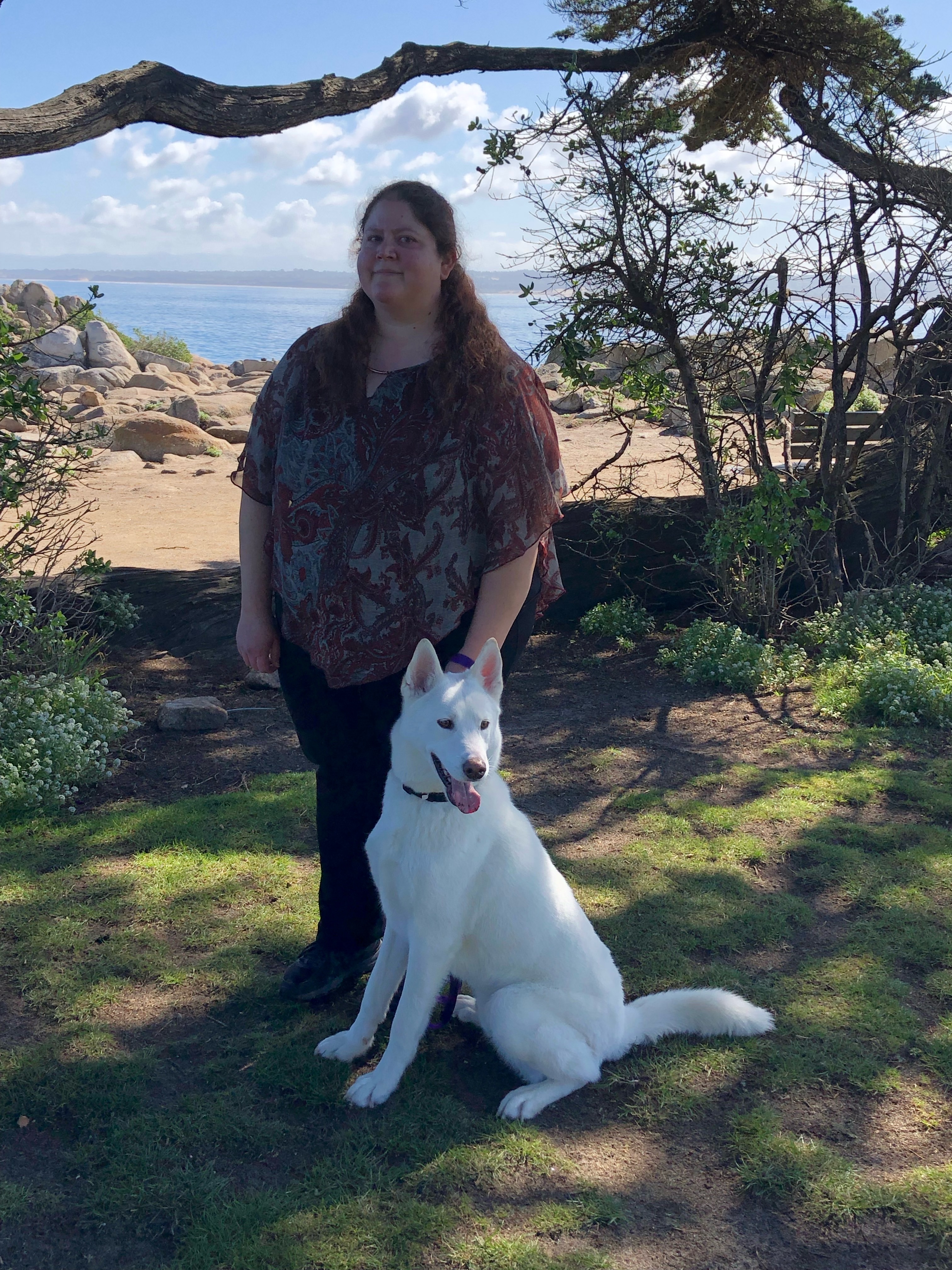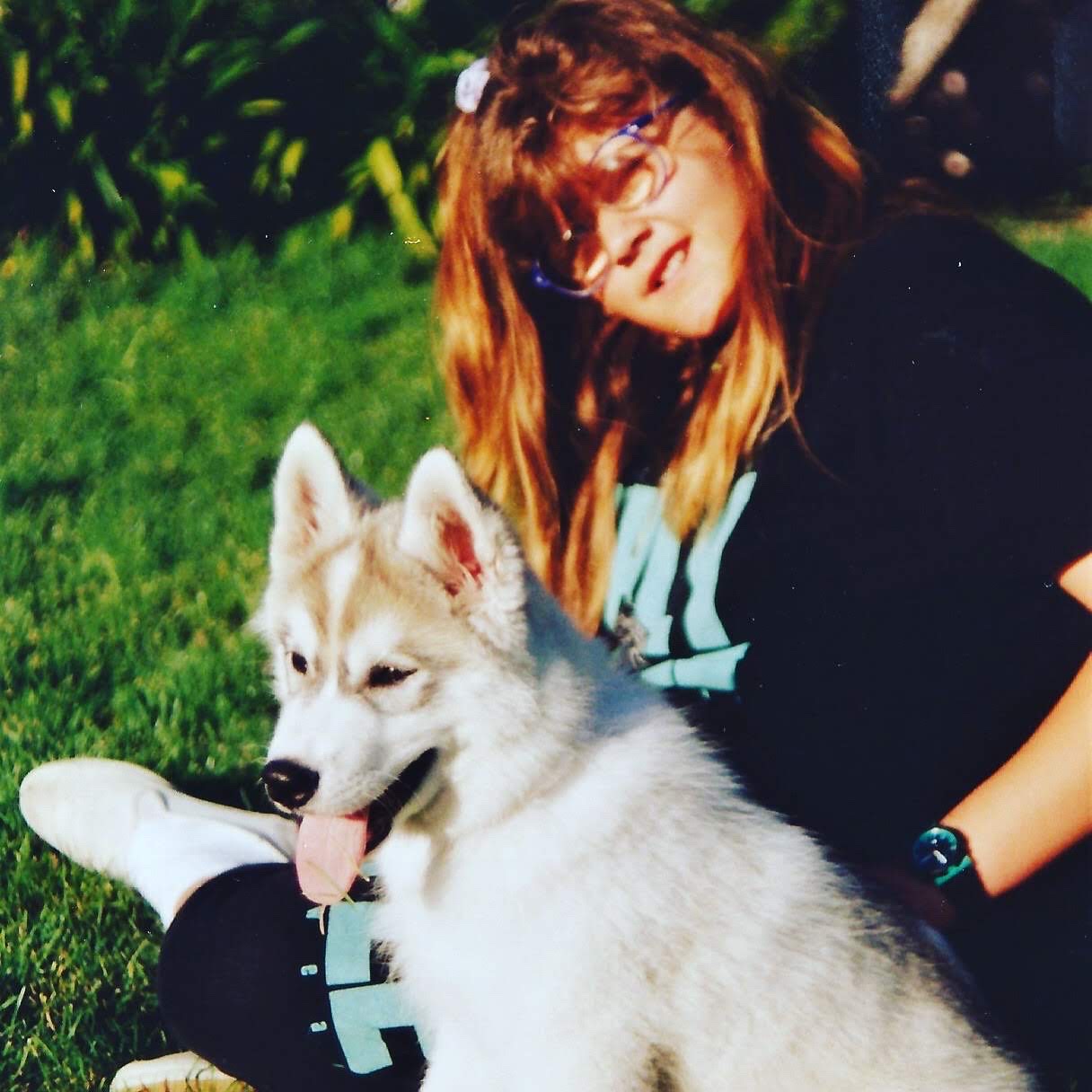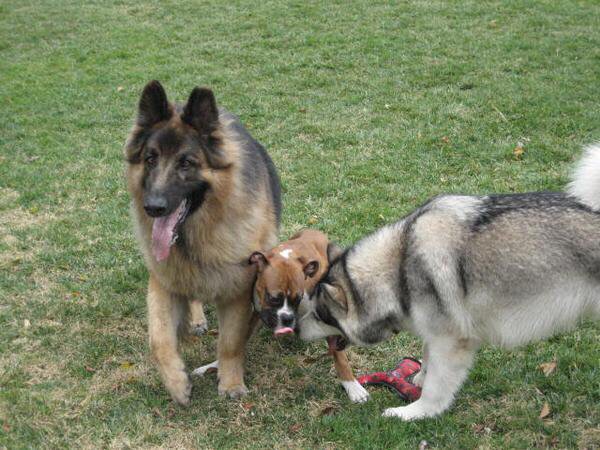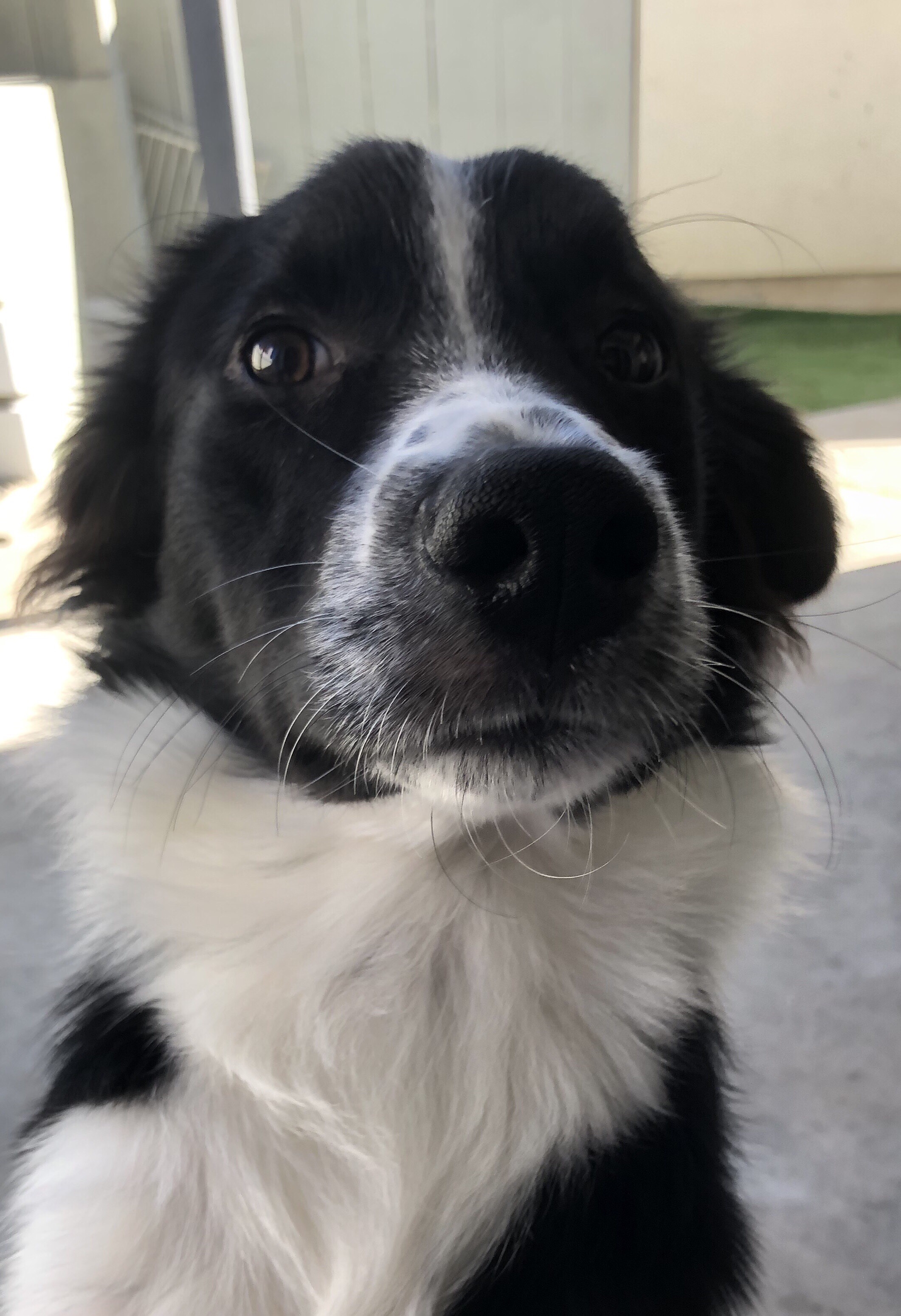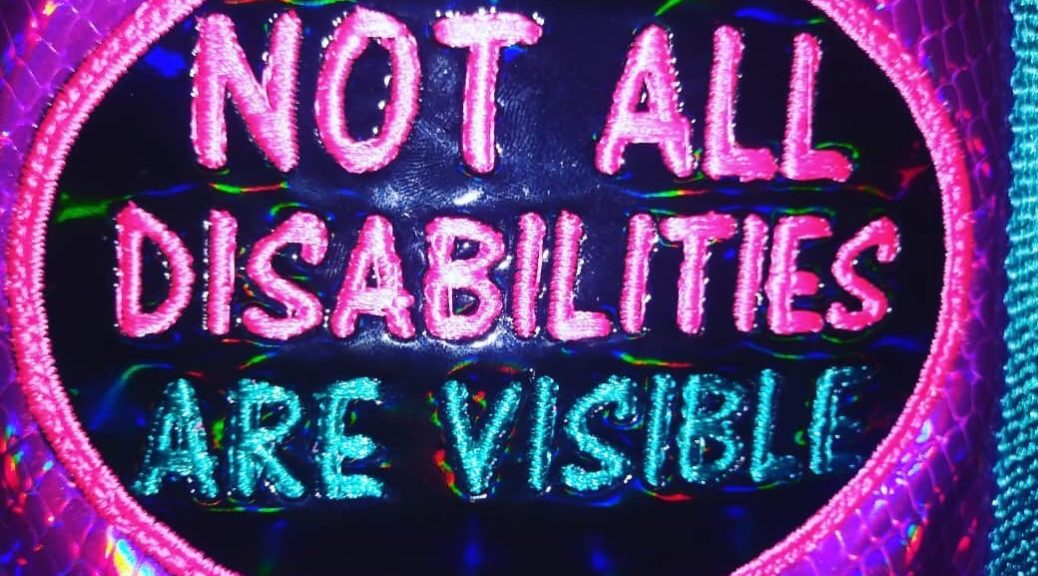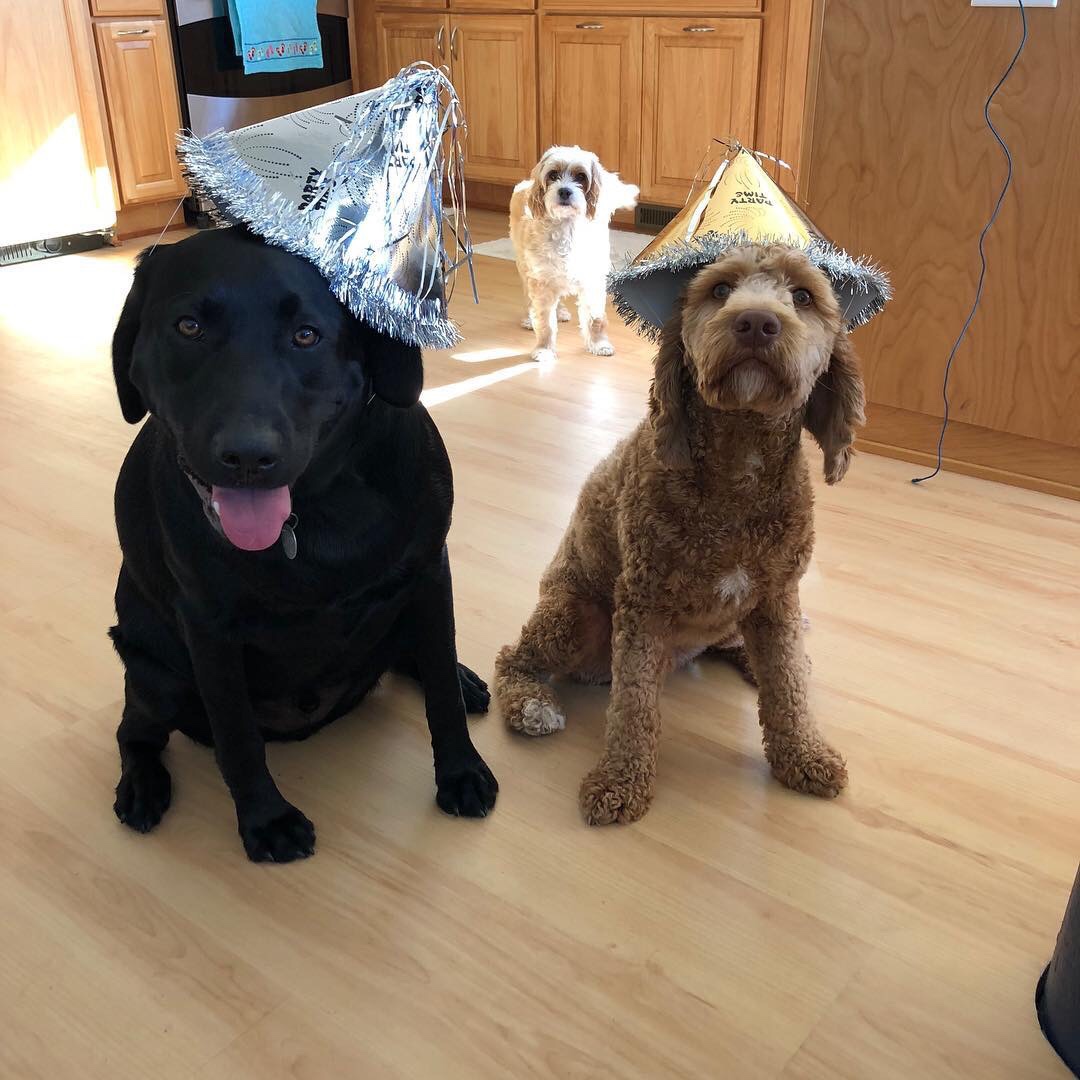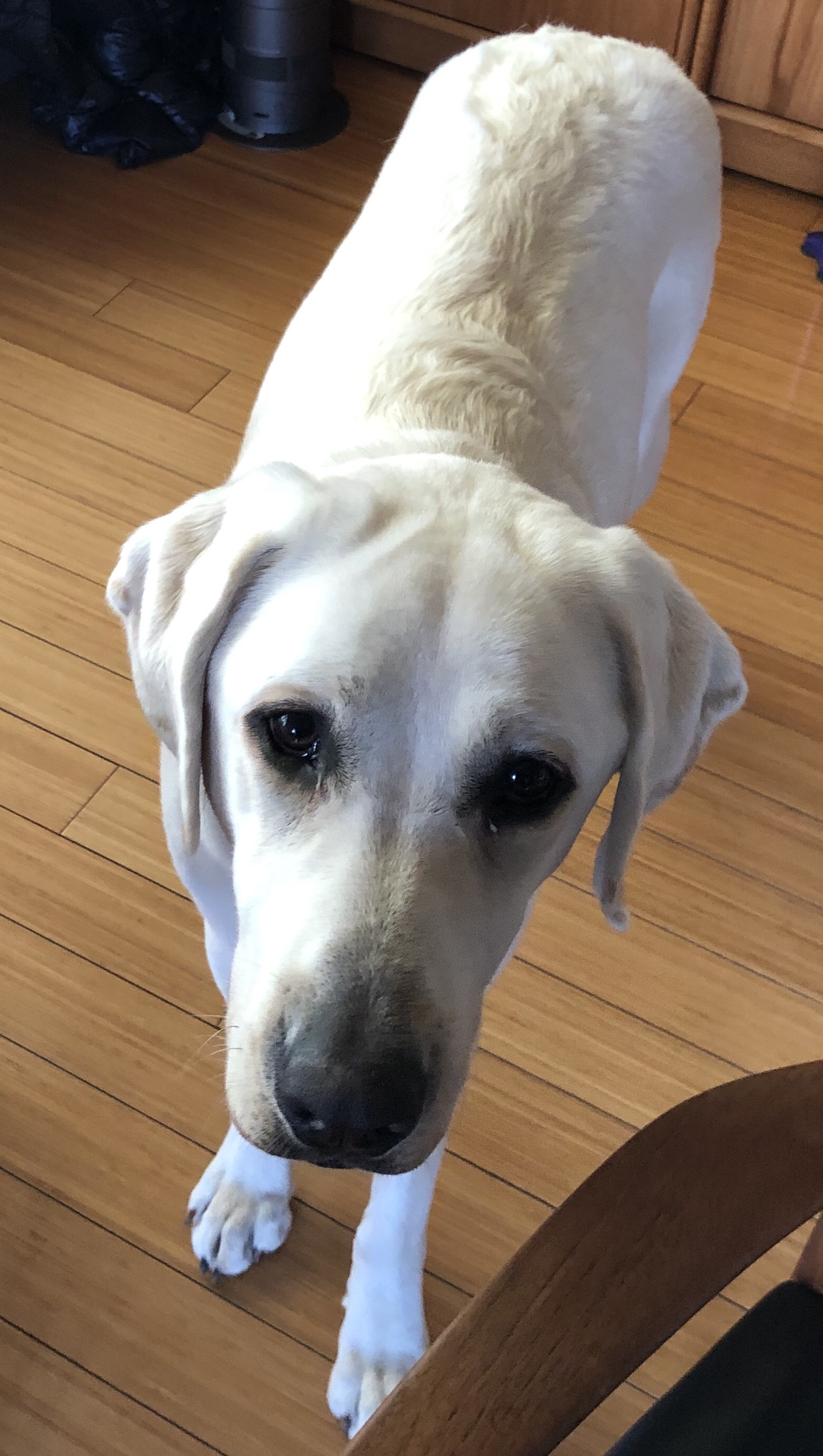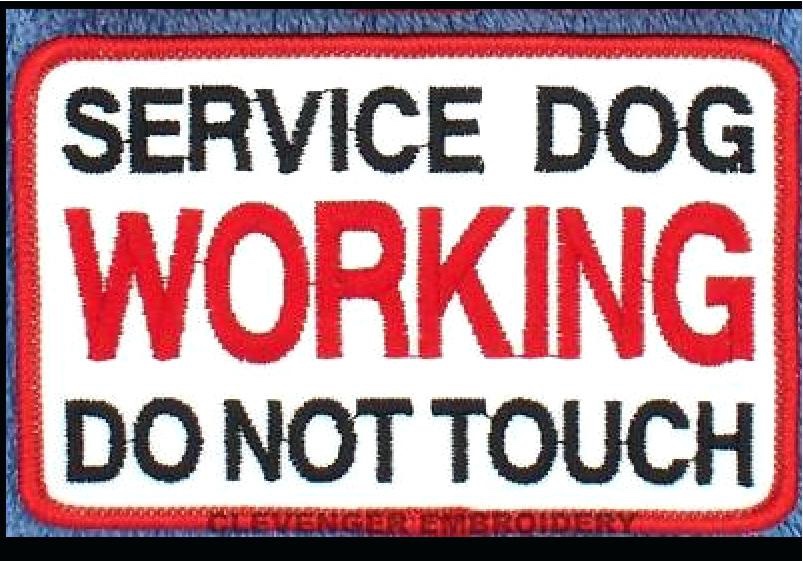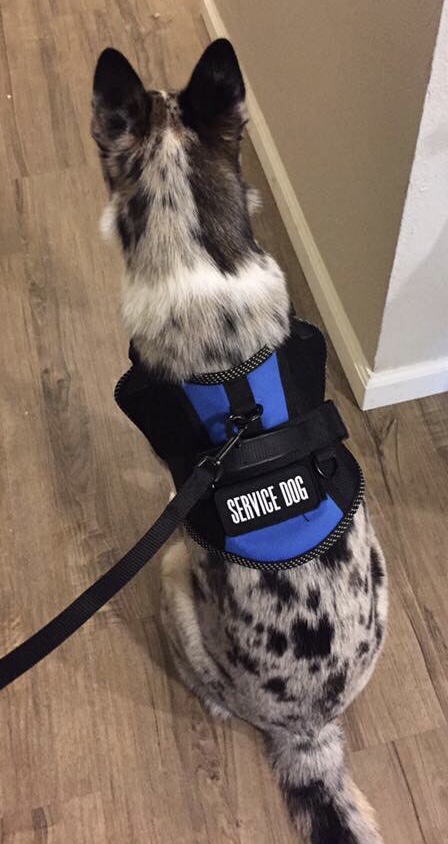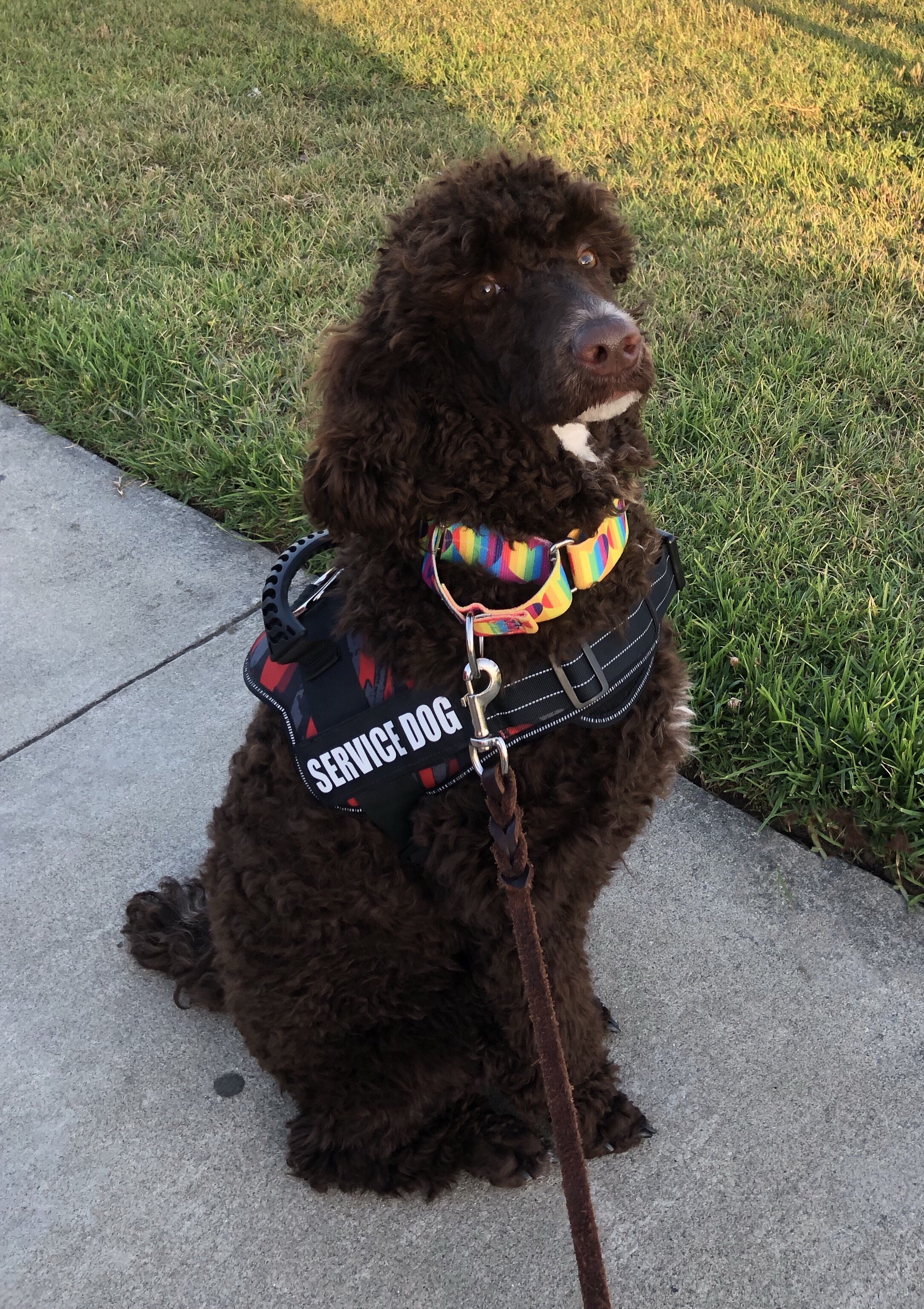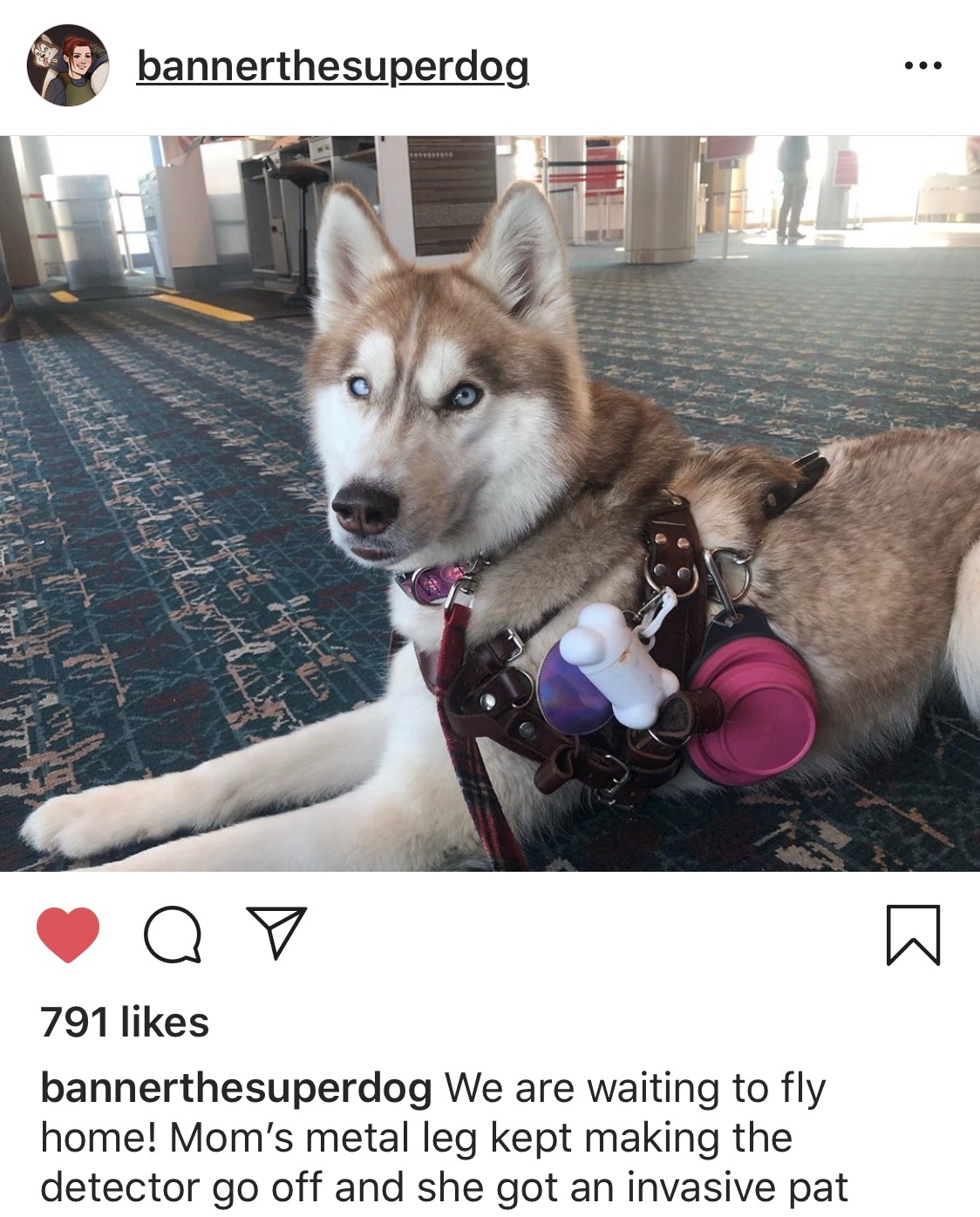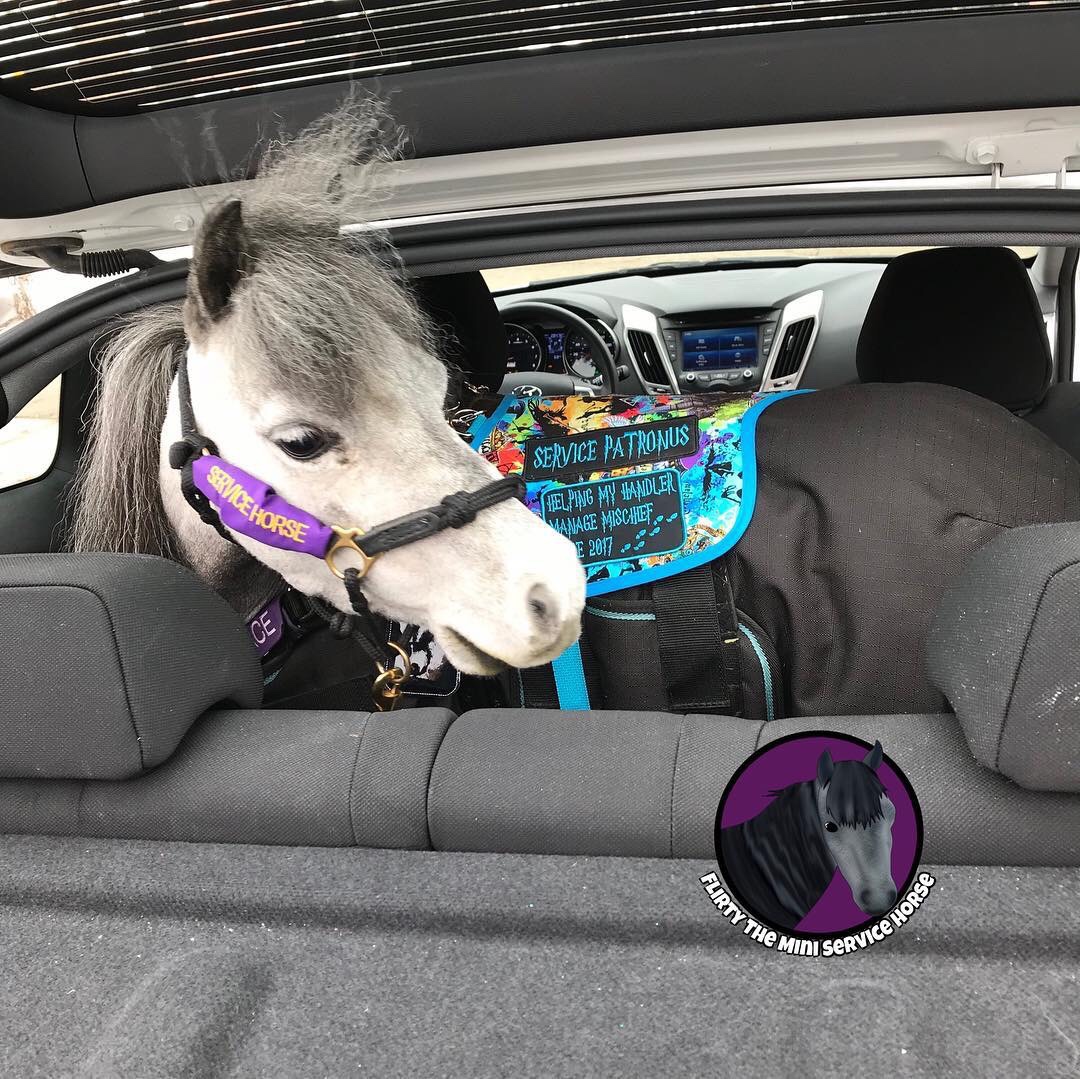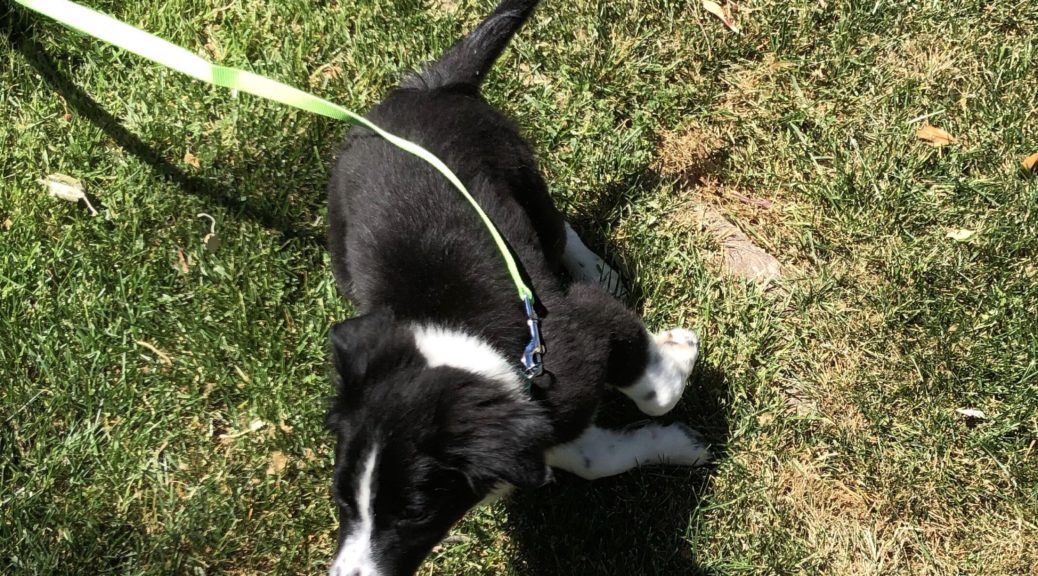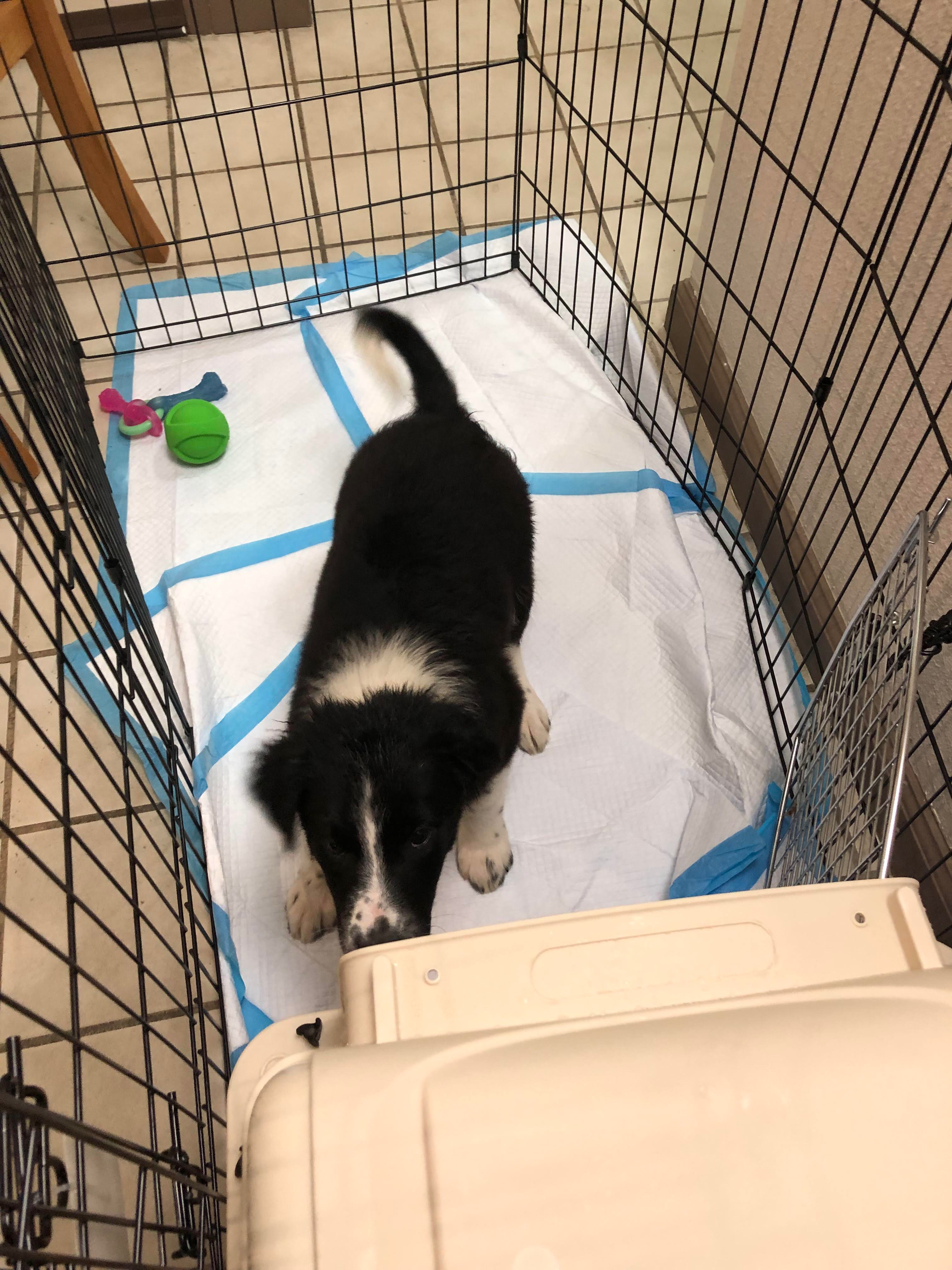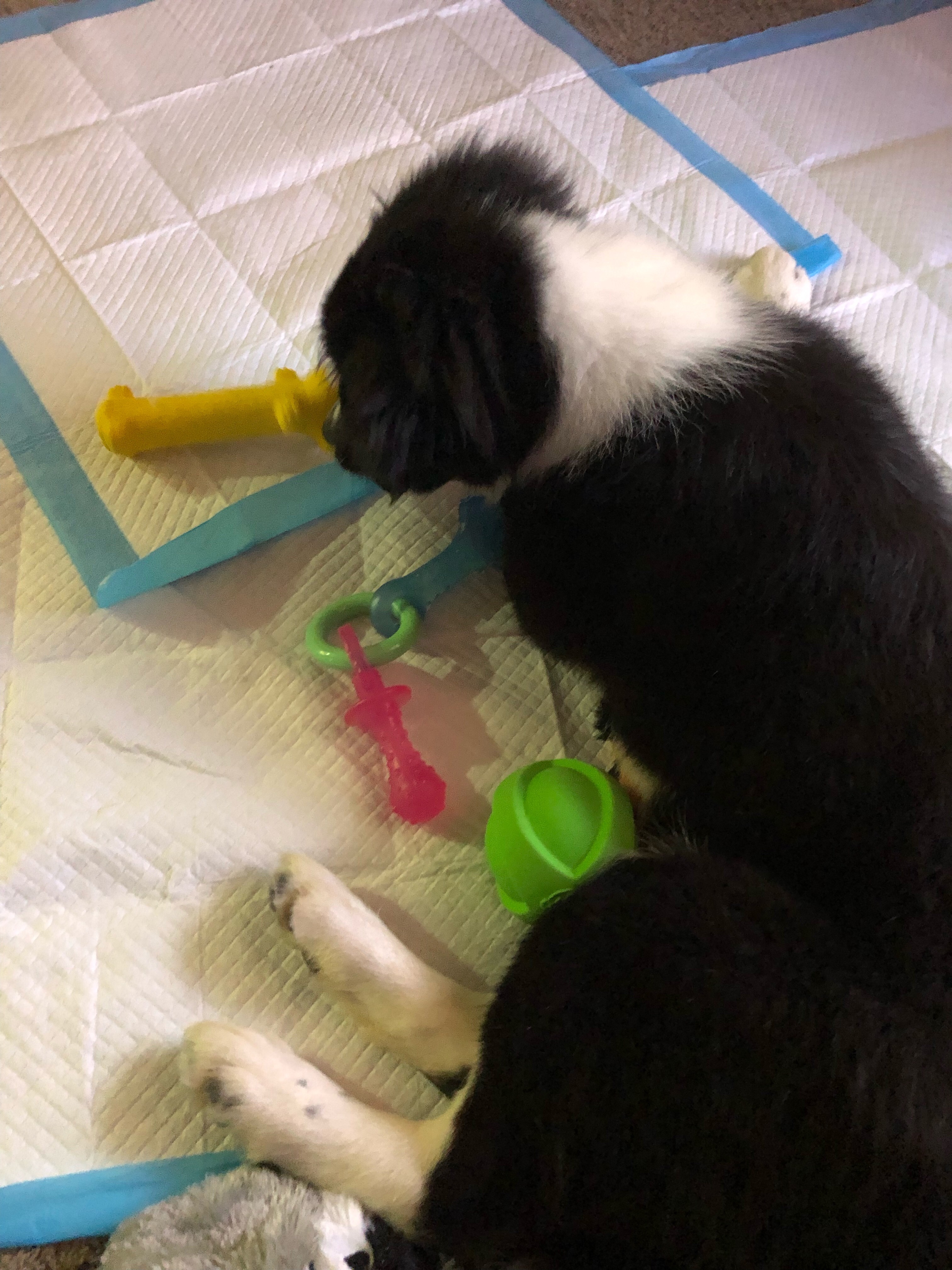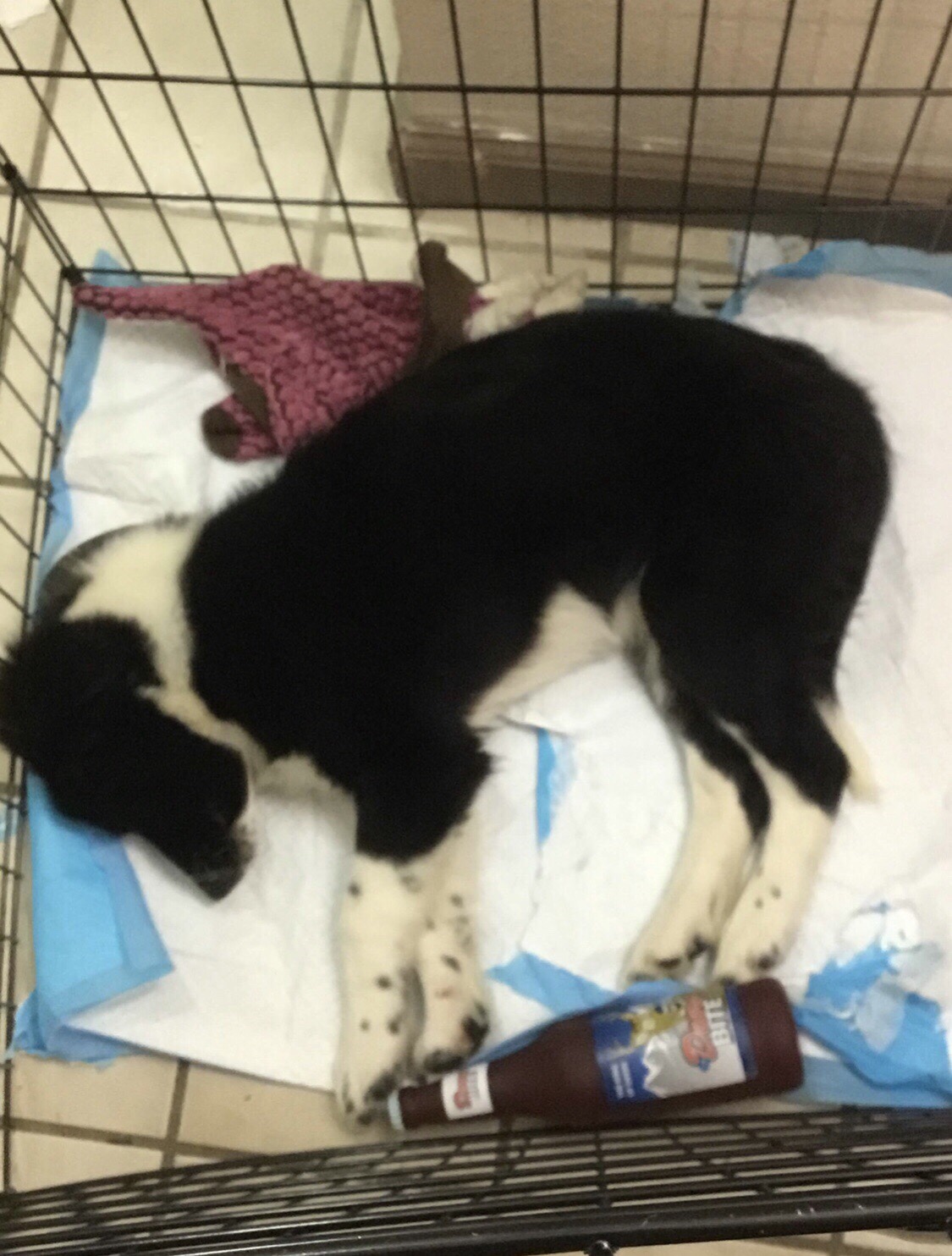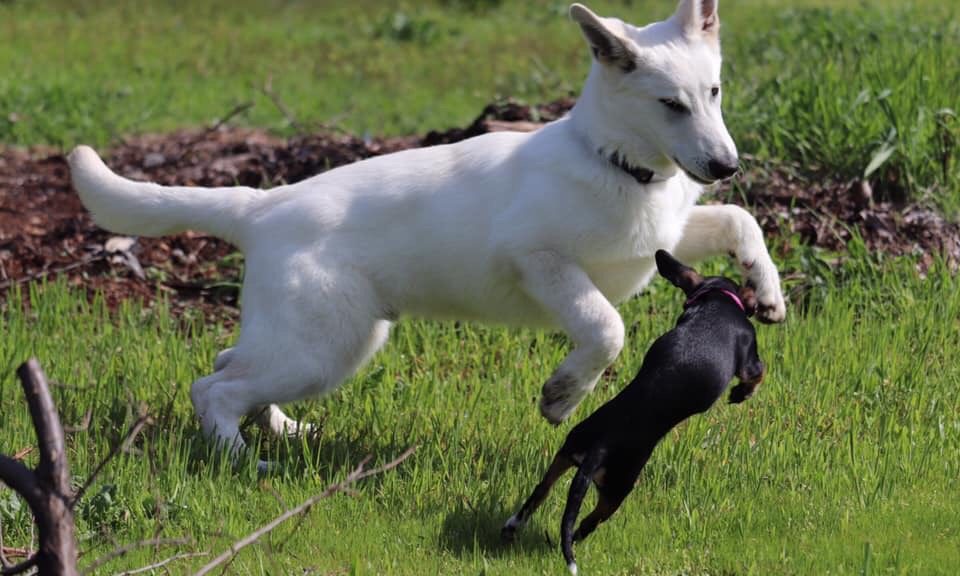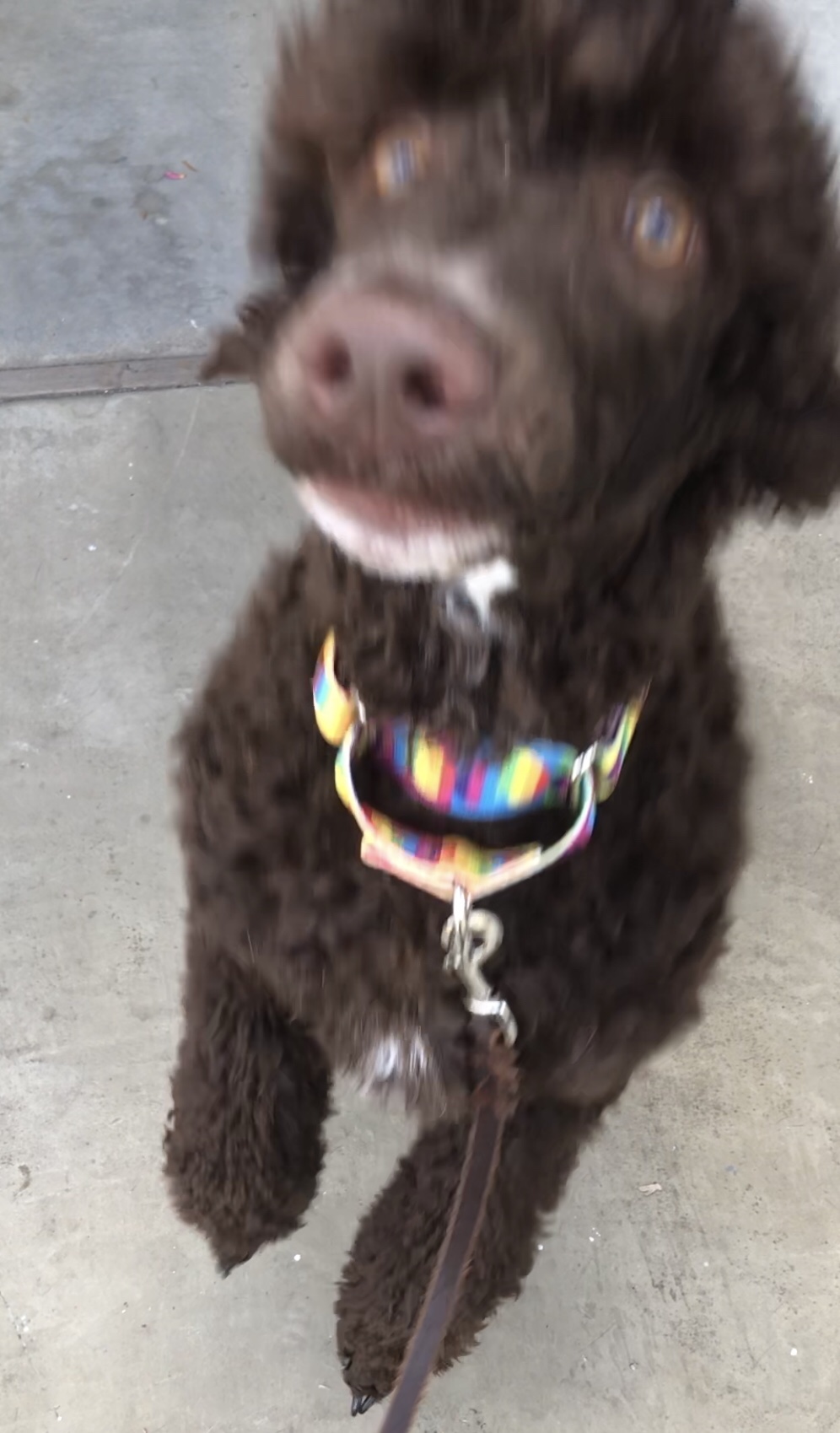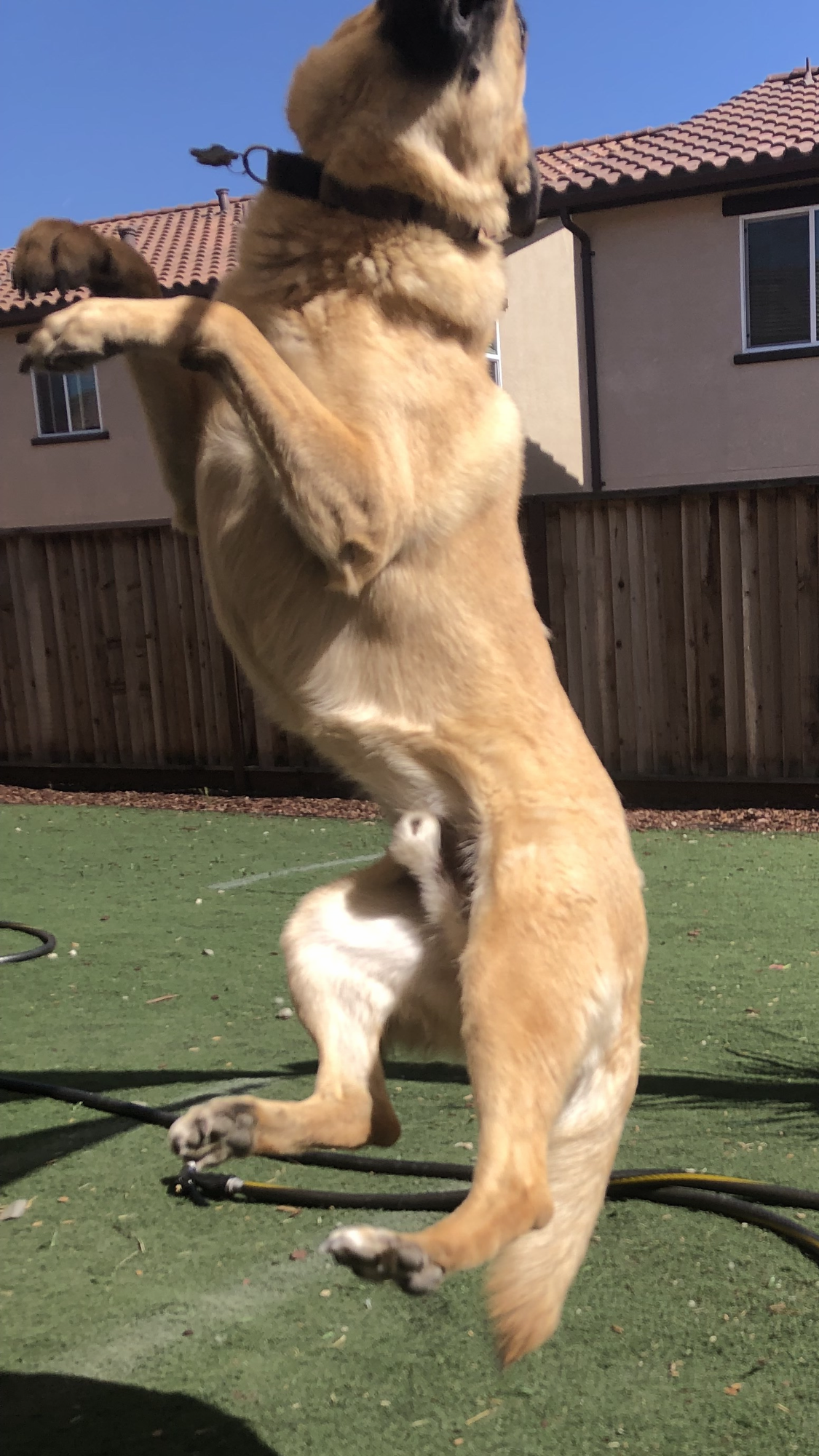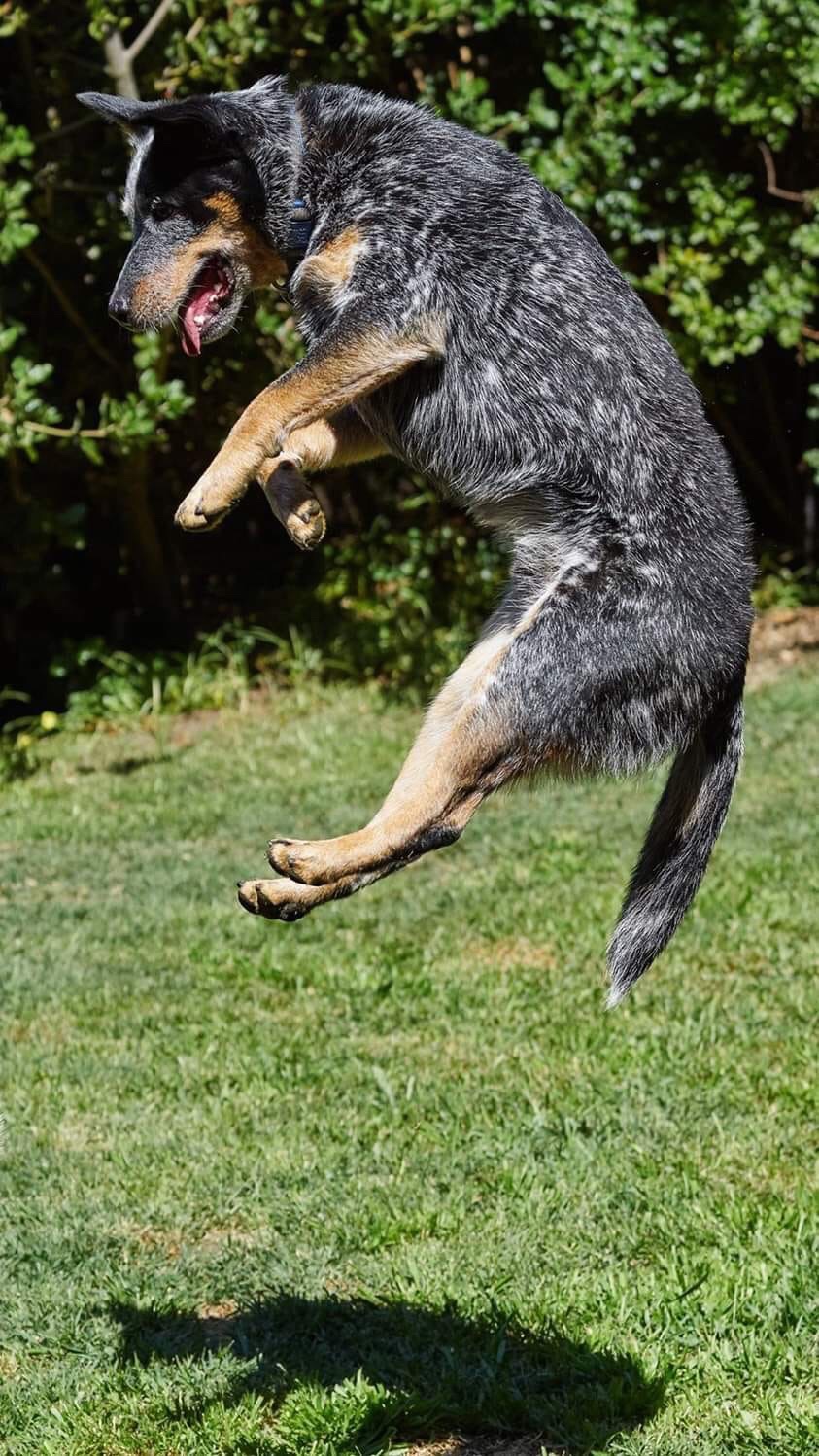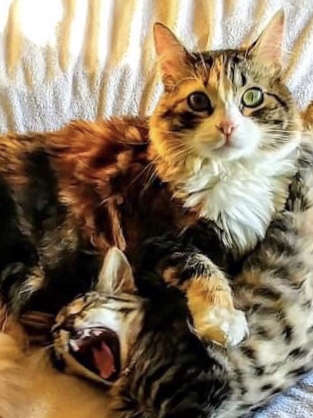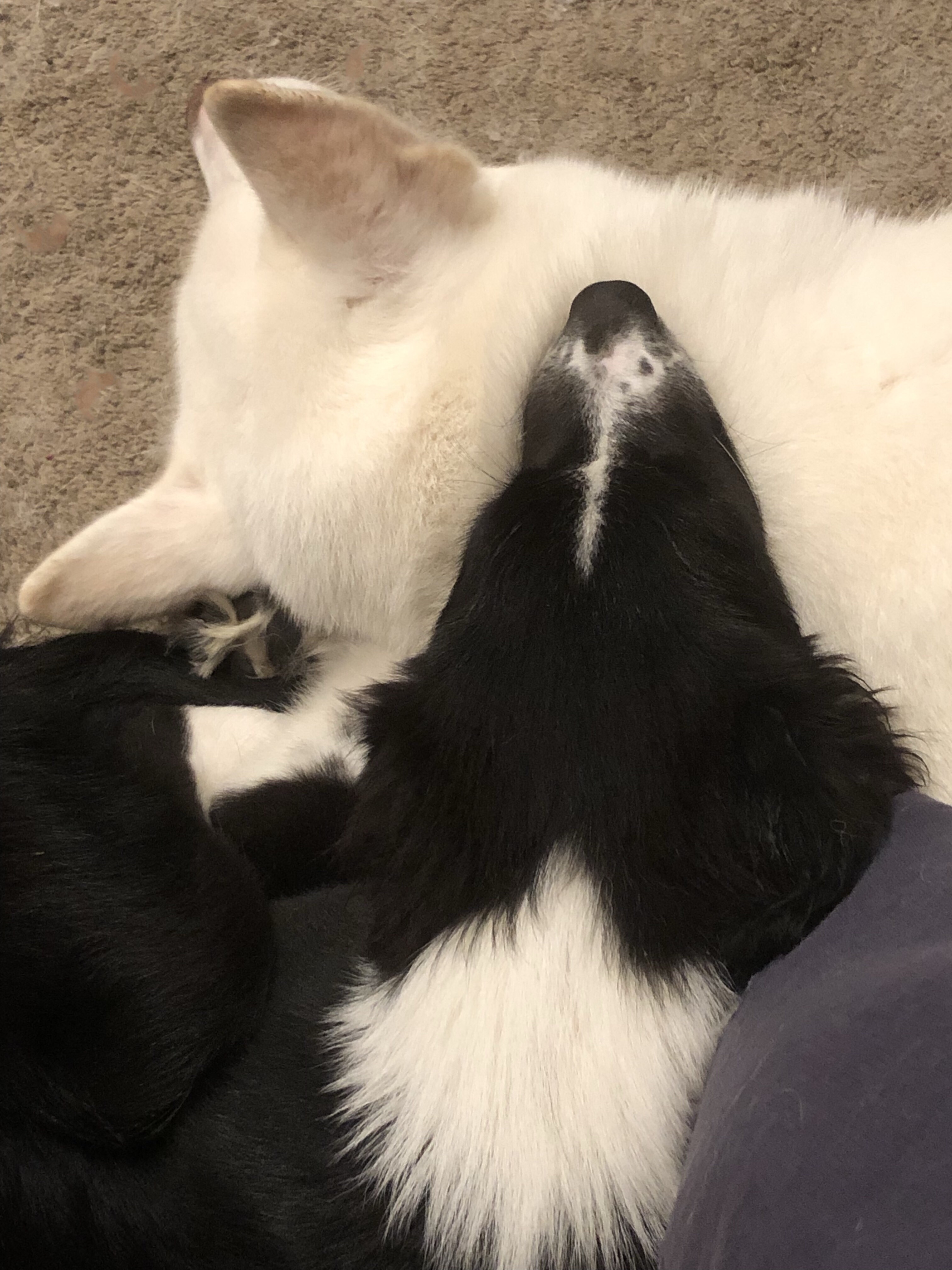Do you ever get frustrated with the simplest things with your dog? You’re not alone! I see a lot of people asking for advice for a lot of these situations. It might sound silly, but there’s no silly question. Enjoy these doggy hacks!
DISPENSING PILLS:
Many people put pills in peanut butter and claim it doesn’t work. Their dogs find the pill, eat the peanut butter around it, and spit the pill out on the floor. Try these…
First – When you are training your dog to enjoy Peanut Butter filled kong’s and bones? Use Crunchy Peanut Butter! They get used to the texture and taste of the crunchy peanuts in the spread, so when you need to hide a pill in some – It’s truly hidden! They think it’s another piece of crunchy PB. They’ll just swallow it down with the rest.
Second – Line up a row of treats. Small crunchy bones work; Charlee Bears are good too. Put the pill amongst them somewhere in the lineup. Speak to your dog excitedly about getting treats and start handing them out quickly! They match energy like a little wind-up toy, when you speak quickly and happily they will get excited and want the treats fast! The trick here is to hand them out fast. I like giving at least 2 treats first, before I give the pill, followed immediately with another treat. If you do this quick enough, they won’t have the time to think of what’s going in their mouth.
DE-STINKING SKUNK SPRAY:
Many dogs have been blasted by skunks over the years. I’ve had my fair share of that happening in my own backyard. The first piece of advice that people give is to use tomato juice. However, there’s a better method. Massengil. Yes, the douche. One wash and you have no more skunk smell left!
The way that you’d wash your dog with Massengil; Soak your dog first so they are thoroughly dampened. Then you pour the Massengil all over their coat, massage it in. Let them sit for a minute or two, then rinse off. The oils from the skunk spray will get stripped by the douche. You can follow up with a regular shampoo afterwards.
SLOW DOWN FAST EATERS:
Many dogs inhale their food. This can be bad, or cause bloat if they take in too much air while scarfing down their meals. There are many fancy bowls that have been designed to slow down these pups with their structure. You could get one if you like. I’ve seen dogs knock it over to get the food out of it before, however. Or, you could continue to use their cute decorative regular bowl and just add some water to the food. I like floating my dogs’ food like cereal because it slows them down, makes the food more palatable, aids in digestion, and it adds some extra hydration in their day.
NAIL TRIM TRICK:
To make nail trimming much easier, do it when you’re bathing your dog. When they’re standing in warm water, the nails soften. This makes cutting them quicker, easier, and not so scary for the dogs.
If you cut a nail too short, and you don’t have any styptic powder, you can use flour or cornstarch to stop the bleeding. Don’t make a big deal out of trimming the nails too short. If you react, then your dog will get smart and use this in his bag of tricks for getting you to stop later on. Just staunch the bleeding off in a shallow bowl or plate of styptic powder, or flour.
PICKING UP YOUR DOG’S DEPOSIT ON A WALK:
Walking gets the body moving, and some dogs just gotta go while on a walk. They also like to sprint off after pooping, too! So, how do you deal with picking up your dog’s deposit when he wants to run flying off the handle right after? I step on the leash. By stepping on the center of my leash, it frees up both of my hands in order to grab a bag, open it up, pick up what they dropped down, tie it off and then continue the walk. I don’t have a dog tugging at me, or getting in the way while I’m cleaning up after them.
Also, what to do with those full bags and no garbage cans around? I’ll double-bag the mess, tie it off and then use the excess bag to tie around my leash. Hands free, full bag comes with us and I’m feeling good about being a responsible doggy mom.
CALMING OVER-EXCITED / ANXIOUS BEHAVIORS:
Dogs watch patterns and learn what patterns mean. They are very observant and love to be able to predict their surroundings. When they’ve learned that particular patterns mean things like going for a walk, or getting fed, the pattern itself becomes just as exciting as the end result. Switch your pattern around, or have it result in something different.
For doggies that go crazy over dinnertime, (believe me, I’m talking about my own dogs here!) we hide the food in a totally different part of the house. We also pick up their bowls immediately after they are done eating. When they don’t get to watch you prepare their food, there is nothing to be anxious about. We just appear with food at one point and they get to eat. No more craziness, screaming or over-excitement.
KONG ENRICHMENT HACK:
When giving your dog a Kong toy, try freezing it. This has the tasty treat last longer for your dog, and they enjoy the coolness of it. I fill the Kong with one of my recipes, throw it in the freezer overnight then give it to them the next day. The treat lasts longer than 5 minutes and it keeps my pups busy!
Published by Amy Noble on 1/22/20
Amy is an Animal Behaviorist and Dog Trainer in Monterey, Ca, with over Thirty years of experience and active knowledge working with animals. Amy’s love for every dog, cat, horse, rabbit, human (and more!) that she trains truly shows in her work and dedication.


